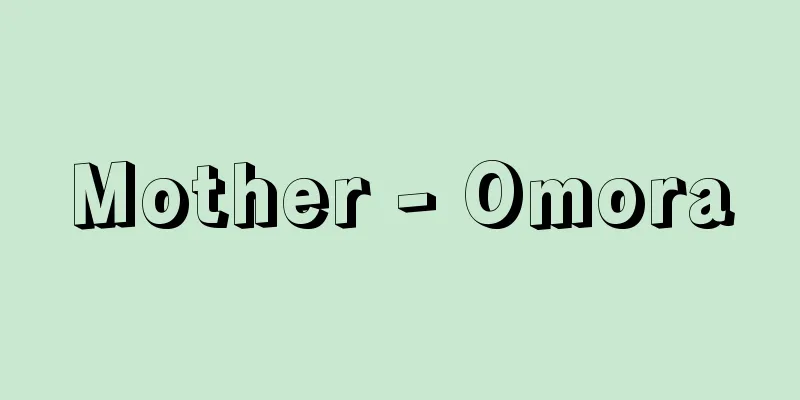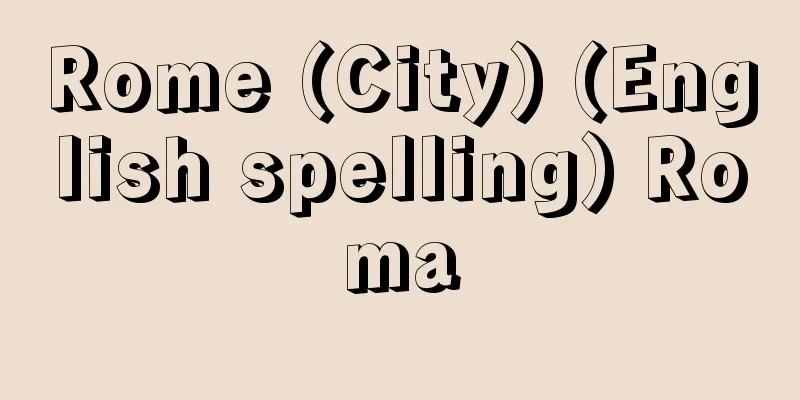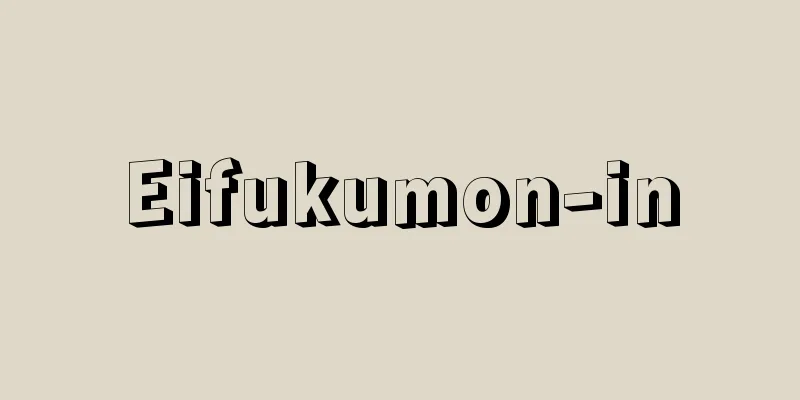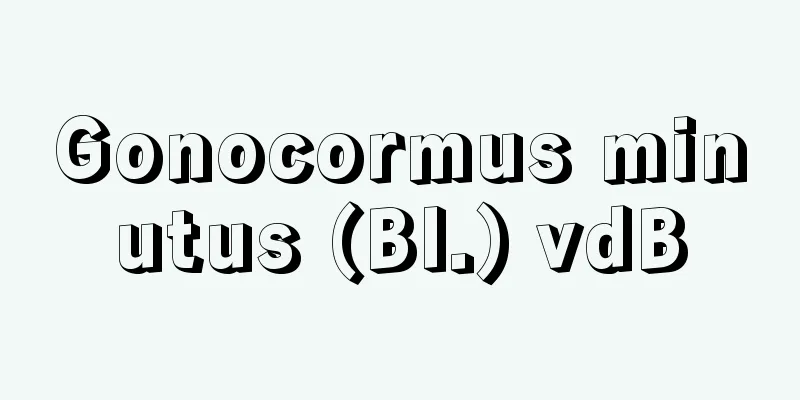Kun - Kun
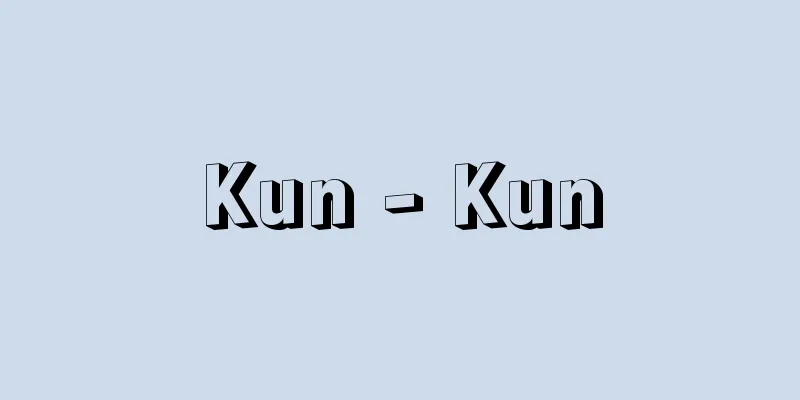
|
It refers to the Japanese words that correspond to the original meanings of kanji, which have been fixed to a certain extent. Originally, it referred to the meanings of kanji, or the meaning of the characters, and the act of interpreting the meanings, called "kunko", was also called kun, but it has come to refer to one of the ways of reading kanji in Japan. For example, in the case of "mountain", "yama" is the fixed Japanese word. Kanji are read using the original Chinese pronunciation (or sounds close to it), in other words, they are opposed to on (character pronunciation), and are also called jikun or wakun. After kanji was introduced to Japan, and after a certain amount of time had passed and the wakun had been fixed, the reverse began, and Japanese sentences were written using kanji, with kanji corresponding to the wakun arranged. The Kojiki (712) is a typical example of this. However, it was not until the Heian period that it became common to indicate the Japanese readings of various kanji characters in Man'yōgana or katakana, and since there were no materials (reading marks) between the lines of Chinese texts indicating how to read them in kana or other characters (reading marks) before the Nara period, it was not necessarily easy to determine the Japanese readings of each kanji character, and the current situation is that they are often inferred from the Japanese readings from the Heian period onwards. After the Heian period, dictionaries were created by collecting Japanese readings from reading marks and other sources. These include the Shinsen Jikyo (around 900), the Wamyō Ruijūshō (around 931-938), and the Ruijū Myōgishō (early 12th century). In most cases, one word corresponds to one kanji character, but there are also cases where one kanji character corresponds to one word (jukuji kun), such as "Tanabata" (Star Festival), and two kanji characters correspond to one kanji character, such as "masa~ntousu" (General). [Masayuki Tsukimoto] Source: Shogakukan Encyclopedia Nipponica About Encyclopedia Nipponica Information | Legend |
|
漢字の原義に対応する日本語で、それがある程度固定化したものをいう。本来は、漢字のもつ意味、字義をさし、字義を解釈すること「訓詁(くんこ)」をも訓と称したが、さらに転じて、日本における漢字の読み方のうちの一種をよぶようになった。たとえば「山」についていえば、「やま」がその固定化した日本語にあたる。漢字を中国語の原音(またはそれに近い音)で読んだもの、すなわち音(おん)(字音)と対立するもので、字訓、和訓ともよぶ。わが国に漢字が伝来してのち、ある程度時間が経過して和訓が固定化すると、今度は逆にその和訓に対応する漢字を並べて、日本語の文章を漢字によって表記するようになる。『古事記』(712)はその典型である。しかし、種々の漢字について、その和訓を万葉仮名や片仮名で示すことが一般化するのは平安時代に入ってからで、漢文の行間に仮名などにより読み方を示した資料(訓点資料)の存在しない奈良時代以前については、一つ一つの漢字の和訓を確定することはかならずしも容易ではなく、平安時代以降の和訓から類推することも多いのが現状である。平安時代以降、訓点資料などの和訓を集めて辞書がつくられた。『新撰字鏡(しんせんじきょう)』(900ころ)、『倭名類聚抄(わみょうるいじゅしょう)』(931~938ころ)、『類聚名義抄(るいじゅうみょうぎしょう)』(12世紀初頭)などがある。訓は漢字1字に1語が対応することが多いが、「七夕(たなばた)」のように漢字2字に一つの訓が対応したり(熟字訓)、「将(まさに~んとす)」のように漢字1字に二つの訓が対応することもある。 [月本雅幸] 出典 小学館 日本大百科全書(ニッポニカ)日本大百科全書(ニッポニカ)について 情報 | 凡例 |
Recommend
Endoscopic retrograde cholangio-pancreatography
…In such cases, a direct contrast method is used,...
Kinetic energy
A point mass of mass m moving with a velocity v h...
Support - Shikou
A haiku poet from the mid-Edo period. Kagami. His...
Dangerous - Cheeky
[noun] (suru) To sit properly. Seiza. Hachiza. &qu...
Antiphon - Antiphon (English spelling)
An ancient Greek orator. He was active in Athens,...
Mediation - Arrangement
Under the Labor Law, in the event of a labor disp...
Front line - Zensen (English spelling) front
The boundary between a dense (cold) air mass and ...
Rocking horse
…rocking horses have been around for a long time,...
Vernalization - vernalization
It is believed that for annual plants to germinate...
O'Brien, JB - O'Brien
…Simultaneous rallies were held in various places...
Ornithogalum arabicum
…[Tora Saburo Kawabata]. … *Some of the terminolo...
Tadatomo Hoida
Year of death: 19 September 1847 (27 October 1847)...
Koshigoe letter
This letter is said to have been written by Minam...
Burhinus oedicnemus (English spelling) Burhinus oedicnemus
...They are often found in small groups outside t...
Lake, K. (English spelling) LakeK
In the Anglican Church, the Modern Churchmen'...
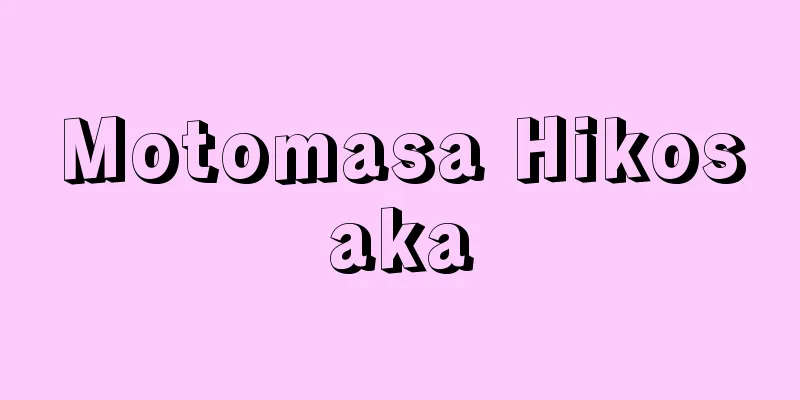
![Mitsuhashi [town] - Mitsuhashi](/upload/images/67ccf2e4b68c1.webp)

